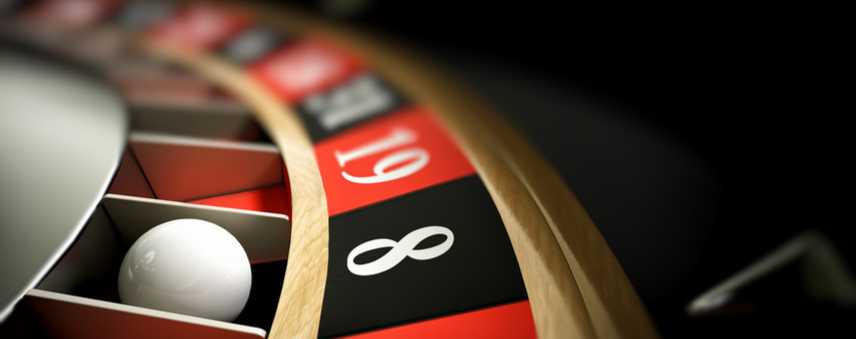House Edge
The odds that the casino pays out are always slightly less than the odds of winning. This difference is known as the house edge. It gives casinos a winning edge, ensuring that the house almost always wins eventually.
To demonstrate how house edge is calculated, let’s look at a ‘red/black’ bet on a European table, one of the most frequently placed bets in roulette. A common misconception is that you have a 50% chance of winning this bet, as there are two outcomes. However, the zero on the table means that there are actually three possible results: red, black or green. The presence of this extra pocket reduces the odds by increasing the number of possible outcomes. So only 18 of 37 numbers result in a win. This means that your chances are calculated as:
18/37 = 0.486
As the house also wins if the ball lands on 0, the odds for the casino are:
19/37 = 0.513
The house edge is the difference between these two figures:
0.513 – 0.486 = 0.027
So the house edge is 2.7% for European roulette. European roulette provides players with better chances of winning than other roulette variations. There is only one zero, and so a smaller number of possible outcomes.
As American Roulette has two zeros on the table, there are a greater number of outcomes, and consequently a lower probability of winning. The house edge for American Roulette is 5.26%.
Several players attempt to get around this house edge by using gambling systems, with many claiming to enjoy success. These betting strategies may work for you in the short run, but they aren’t long-term, reliable strategies for winning, as the house edge means the casino will always win eventually.



